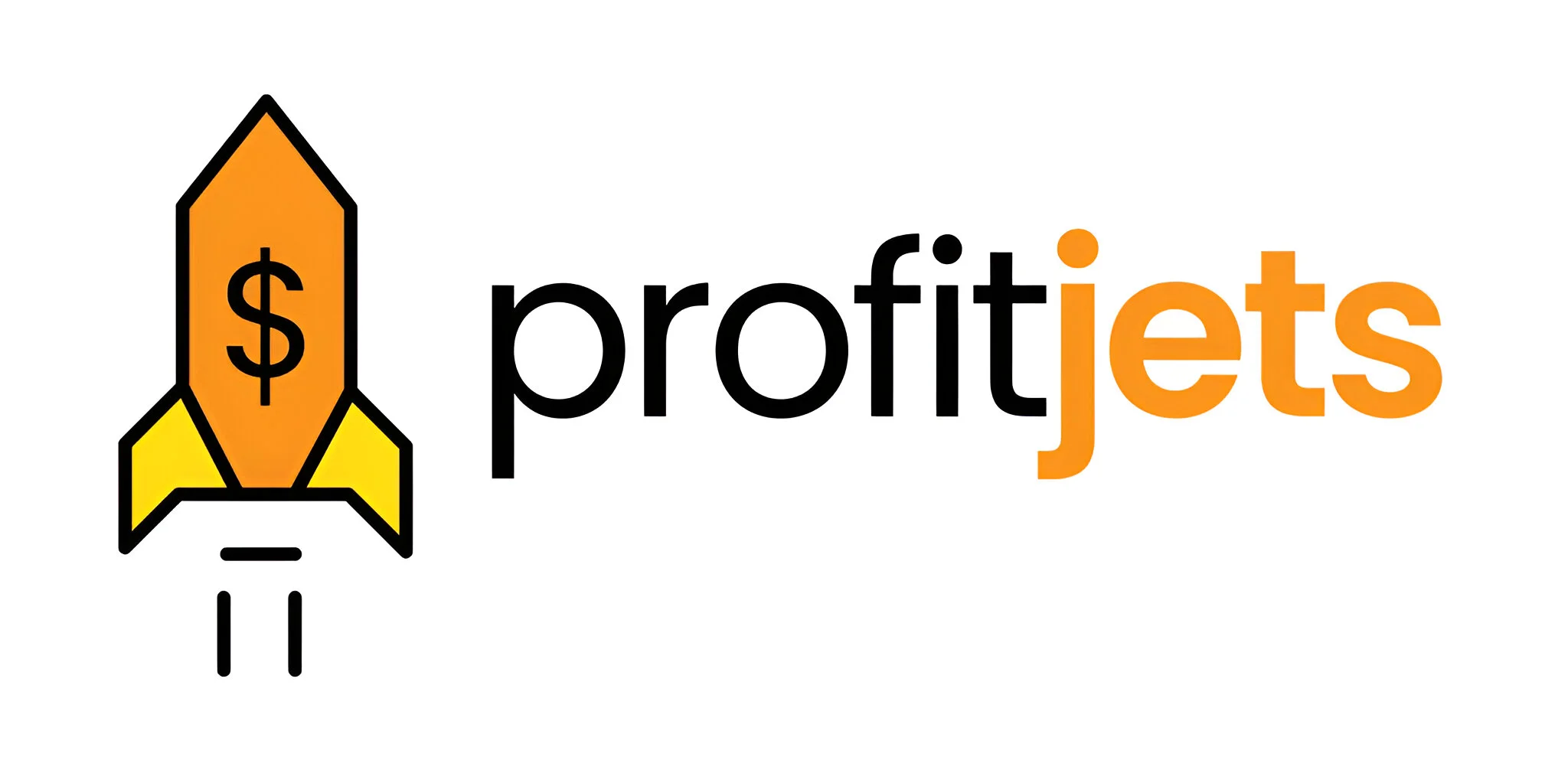Navigating through tax forms can be confusing, especially when understanding the differences between the W4 and W2 forms. Whether you’re an employee or an employer, knowing the distinctions and purposes of these forms is essential for tax compliance and efficient payroll management. In this guide, we’ll break down everything you need to know about W4 vs W2, from their key differences to how and when to file them. Let’s dive into the details to simplify these tax documents for you.
Table of Content
What Does the W4 Form Mean?
The W4 form, also known as the “Employee’s Withholding Certificate,” is a critical document that employees complete to let their employers know how much federal income tax to withhold from their paychecks. The amount withheld is then sent to the IRS and credited against the employee’s tax liability.
Purpose of the W4 Form
The primary purpose of the W4 form is to provide employers with the necessary information to calculate the correct amount of federal income tax to withhold from an employee’s wages. Filling out the W4 correctly is crucial because under-withholding could lead to a large tax bill when you file your taxes, while over-withholding means you might be giving the IRS an interest-free loan throughout the year.
Key Sections of the W4 Form
- Personal Information: Includes your name, address, Social Security number, and filing status (single, married, or head of household).
- Multiple Jobs or Spouse Works: Adjusts withholding if you have multiple jobs or your spouse works.
- Dependents: Allows you to claim credits for qualifying children and other dependents.
- Other Adjustments: This section provides options for additional withholding or deductions if you have other income, such as investments or retirement distributions.
When to Update the W4 Form
You should consider updating your W4 form if you experience major life changes, such as getting married, having a child, or getting a second job. These changes can significantly impact your tax situation, and updating your W4 ensures that the correct amount of tax is withheld.
What Does the W2 Form Mean?
The W2 form, or “Wage and Tax Statement,” is a document employers provide to employees and the IRS at the end of each year. It details the employee’s annual wages and the taxes withheld from their paycheck yearly.

Purpose of the W2 Form
The W2 form reports an employee’s total gross earnings and the total federal, state, and other taxes withheld from those earnings. The IRS uses this information to verify the income reported by the employee on their tax return and ensure that the correct amount of tax was paid throughout the year.
Key Sections of the W2 Form
- Employee’s Earnings: includes total wages, tips, and other compensation.
- Federal Income Tax Withheld: The total federal income tax withheld from the employee’s earnings.
- Social Security and Medicare Taxes: These boxes report the amounts withheld for Social Security and Medicare taxes.
- State and Local Taxes: This section includes any state or local income tax withheld, if applicable.
- Other Information: Additional boxes may report retirement plan contributions, health insurance premiums, and other relevant details.
When to Expect Your W2 Form
Employers must provide W2 forms to their employees by January 31st of each year. This gives employees enough time to prepare and file their tax returns before the April 15th deadline.
W4 vs W2: Key Differences
Now that you understand each form, let’s explore the key differences between the W4 and W2 forms.
| Feature | W4 Form | W2 Form |
| Purpose | Informs employers how much federal tax to withhold | Reports total earnings and taxes withheld |
| Who Completes It? | Employee | Employer |
| When It’s Filed | When starting a new job or after life changes | At the end of each tax year |
| Where It’s Filed | With the employer | Submitted to the IRS and provided to the employee |
| Frequency | Updated as needed | Annually |
| Impact on Taxes | Affects ongoing tax withholding | Summarizes tax withholding for the year |
Which Needs to File: W4 or W2?
As an employee, you must fill out a W4 form when you start a new job or experience significant life changes that could affect your tax situation. The W4 helps your employer determine the correct amount of tax to withhold from your paycheck.
The W2 form, on the other hand, is prepared by your employer and sent to you and the IRS at the end of the year. You don’t fill out the W2 form, but you use the information on it to complete your tax return.
How do you complete the W4 vs W2 form?
Completing the W4 Form
Filling out the W4 form can be straightforward if you understand your tax situation. Here’s a step-by-step guide:
- Personal Information: Fill in your name, address, Social Security number, and tax filing status.
- Multiple Jobs or Spouse Works: Use the IRS’s online estimator or the provided worksheet to calculate additional withholding if you or your spouse have multiple jobs.
- Dependents: If you qualify, claim child tax credits or other dependents to reduce withholding.
- Other Income Adjustments: Add any extra income (like investments) or additional deductions you expect to claim.
- Sign and Submit: Review, sign, and hand it to your employer.
Completing the W2 Form
As an employee, you don’t fill out the W2 form; your employer does this for you. However, when you receive it, ensure all the information is accurate:
- Check Your Personal Information: Ensure your name, Social Security number, and address are correct.
- Review Earnings and Taxes: Confirm that your total earnings and tax withholdings match your pay stubs.
- Verify Additional Details: If you contributed to a retirement plan or paid for health insurance through your employer, ensure these amounts are correctly reported.
- Use the W2 for Tax Filing: When filing your taxes, input the information from your W2 into your tax return.
When Should I File My W4 vs W2 Form?
Filing the W4 Form
- When Starting a New Job: You’ll complete a W4 form as part of your new hire paperwork.
- After Major Life Events: Update your W4 after events like marriage, divorce, or the birth of a child, which could impact your tax situation.
- At Any Time: You can submit a new W4 form to your employer whenever you want to adjust your withholding.
Filing the W2 Form
End of the Year: Your employer must provide your W2 form by January 31st. Use it to file your tax return by the April 15th deadline.
W4 vs. W2: Tax Advice
Understanding the difference between the W4 and W2 forms is critical for accurate tax filing and ensuring you don’t owe money at the end of the year or miss out on potential refunds. Here are some tips:
- Review Your W4 Regularly: Life changes can significantly impact your tax situation. Regularly reviewing and updating your W4 can help ensure that the correct amount of tax is withheld, preventing any surprises when you file your tax return.
- Keep Your W2 Safe: Your W2 contains sensitive information for filing taxes. Store it safely and double-check its accuracy before filing your return.
- Seek Professional Help: If you’re unsure how to fill out your W4 or have complex tax situations reflected on your W2, consider consulting a tax professional. They can provide personalized advice to optimize your tax withholding and filing.
How Profitjets Simplifies Tax Withholdings and Form Management for Your Business?
Choosing the right forms and handling tax withholdings can be challenging for businesses. At Profitjets, we offer expert tax services to help ensure that your tax obligations are properly managed. Our bookkeeping services keep your financial records up-to-date and accurate, ensuring all employee and tax documentation is handled smoothly. If you’re behind on your bookkeeping, our catch-up accounting services will quickly bring your records up to date. We also offer CFO services for strategic financial planning and bookkeeping for CPAs to assist accounting professionals with managing multiple client accounts. Let Profitjets manage your tax and accounting needs so you can focus on growing your business.

Conclusion
The W4 and W2 forms play distinct yet complementary roles in the tax process. Understanding their differences and how they impact your taxes can help you make informed decisions throughout the year, from adjusting your withholdings to filing your tax return. By staying proactive and informed, you can manage your tax obligations more effectively, avoiding unnecessary penalties and maximizing your potential refund.










